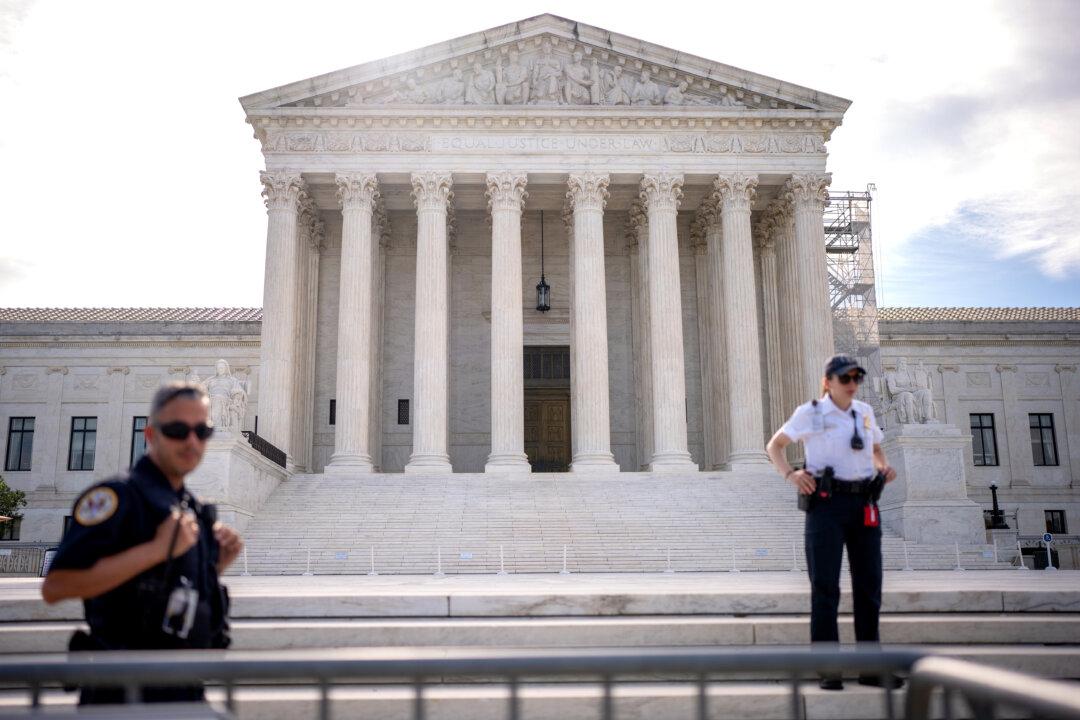Smoke from the California wildfires has reached all the way to the East Coast, according to the National Oceanic and Atmospheric Administration (NOAA).

An image from Nasa’s Terra satellite on Nov. 9 shows the wildfires raging on both sides of the state.

At least 8,000 firefighters are working to contain the blazes as about 150,000 were ordered to evacuate.
In Paradise, more than 6,400 homes were destroyed.
“Paradise is an old, wooded town with narrow surface streets—and it’s a retirement community,” said Scott McLean, the deputy chief of Cal Fire, told the paper.
He added: “The winds were phenomenal, pushing everything down across the roadways. Roads were simply blocked. People ran out of gas. It was an accumulation of everything all at once.”
And forecasters say the weather is likely only to get worse.
“Winds are already blowing,” Chief Daryl Osby of the Los Angeles County Fire Department told the news agency. “They are going to blow for the next three days. Your house can be rebuilt, but you can’t bring your life back.”
The Woolsey Fire has burned at least 91,572 acres and destroyed 370 buildings so far, and it’s only 20 percent contained, Reuters reported. “Favorable overnight weather conditions contributed to minimal fire growth, which allowed crews to reinforce containment lines,” Cal Fire said on Nov. 12.
The Southern California Edison Company, meanwhile, stated it had experienced an outage at a substation in the San Fernando Valley just minutes before the Woolsey Fire started.




